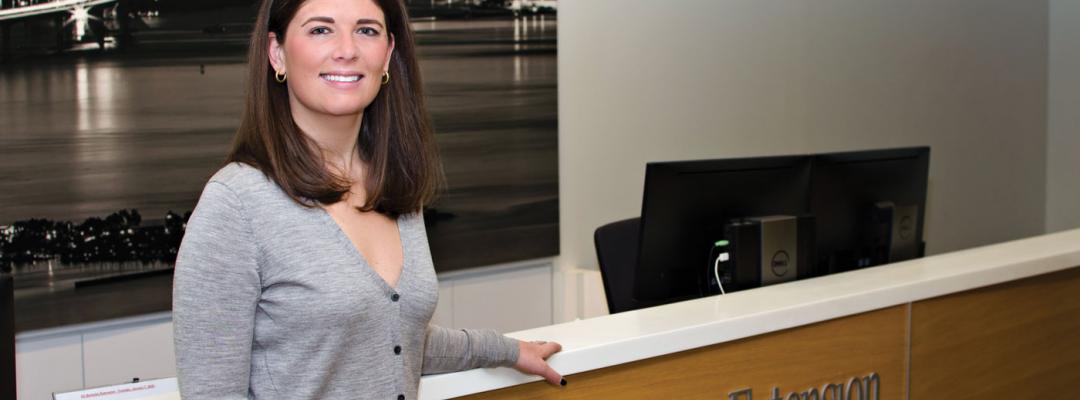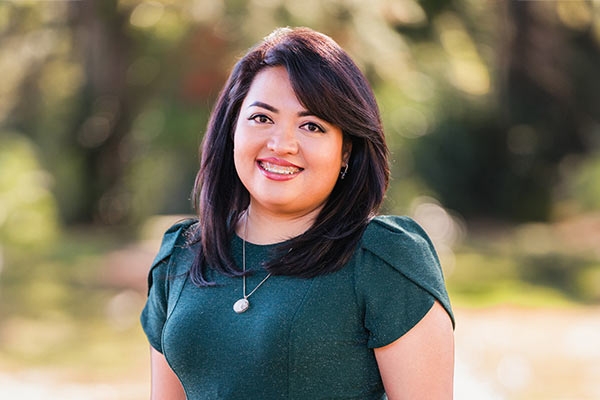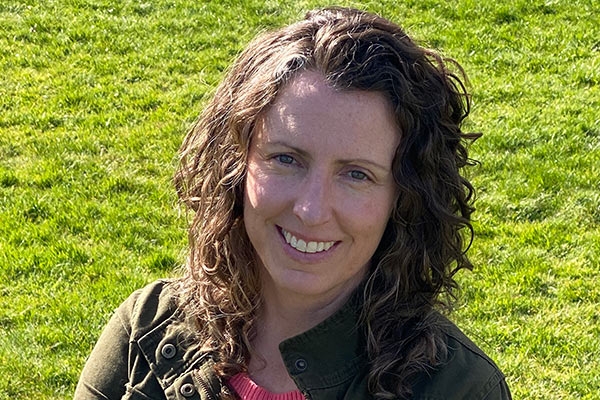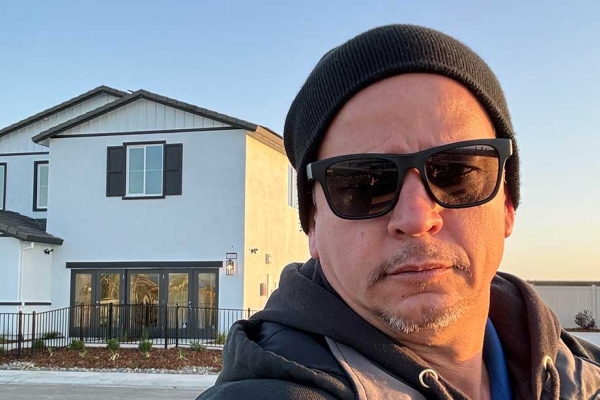Taking an active hand in her college education was just one of the many forward-thinking moves that Courtney Bell has made in her life. While at Colorado College, Courtney knew that she very much wanted to focus on energy and the environment through a political and economic lens.
Looking over the majors on offer, however, there was nothing that seemed to be the right fit: Environmental science was too lab-oriented, while the existing policy and economic majors were not tailored enough to the environmental specialty Courtney wanted. So, with the participation of some like-minded students and supportive professors, she helped create an interdisciplinary environmental policy major that ticked off all the boxes on her wish list.
Looking for the Real
Armed with that customized degree, Courtney set her sights on moving to San Francisco and working in the energy space. She quickly found work, moving from a demand-response company that worked with utility providers to an energy-management software company doing project management. While challenging, there was a lack of “reality” that nagged at Courtney. “I couldn’t ‘see’ the final product. Everything was in the cloud.”
So when Courtney finally made the transition to solar company Sungevity, she reveled in the physical part of the industry. “I could walk the site. I could deal with the logistics of procuring and delivering panels. I coordinated geotech reports and worked closely with building departments and fire inspectors.”
Within Sungevity, Courtney moved on from residential projects and helped start its commercial division. There, she liaised between internal groups and managed larger and more complex projects. To ensure that projects got completed, she needed to understand the different roles and responsibilities that everyone had.
Gaining Expertise
For someone who describes herself as “curious by nature,” that need to know everyone's responsibilities was a good fit for Courtney—and to get the job done.
“If you're asking someone to do a piece of the puzzle,” she shares, “you're going to get them on board with doing the task if you understand how much effort it takes.”
Such collaborative, real-world project work only whetted her desire to invest her time more in the built environment. She then moved to Nibbi Brothers General Contractors, a mid-sized general contractor that has been constructing technically complex, iconic structures in the San Francisco Bay Area since 1950.
For Courtney, a bigger job with bigger responsibilities meant more questions. One of the first projects she worked on was a historic renovation of Pier 70. On day one, she donned a hard hat and was talking about foundations and micropiles. Micropiles? Courtney realized she needed more information to really execute at her new job.
Building Skills Through Continuing Education
Based on recommendations from co-workers, she found our Certificate Program in Construction Management. In particular, a highly engaged HR director was able to connect Courtney to several of her co-workers who were already taking classes or who had finished the program. Those connections really helped her decide to start the program.
“You only ‘get’ so much until you talk to people,” she admits, “and hear about their experience. And then you think, ‘I can do that, too.’”
Courtney’s Construction Management Program Advice
“Reach out to alumni! I was lucky enough to have multiple people in my company who had already completed the program, and they ended up being great resources for recommendations on specific classes and instructors.”
Courtney was interested to learn about LEED, construction law and building information modeling (BIM), among other topics covered in our program. In particular, she felt Construction Materials and Methods was a great opportunity to get a basic framework for construction that allowed her to build on that foundation quickly at her job day-to-day.
Reflected Realities
Her favorite course was Fundamentals of Construction Law. “Tim McInerney really brought to life the issues around contracts, insurance and licensing in California and in the U.S. He took very complex processes and broke them down so we could understand them and understand how all stakeholders interacted with them on a day-to-day basis.”
Another reason that class resonated with Courtney is that it reflected some of the realities of her job. As she dug further into her career, she wound up working in the preconstruction department, creating contracts, bidding scopes of work and communicating with all the trades on the project. As Courtney sees it, “It’s really the contracts that keep the project going. Contracts are agreed-upon terms that we can use as tools to help us communicate efficiently. When contracts are set up correctly, our energy can be spent executing the actual project scope.”
Deeper Dive Into Education
Of course, Courtney’s curiosity has continued, and it led to her seeking further education to move into another field. She’s currently enrolled in the Real Estate Development + Design master’s program at the College of Environmental Design at UC Berkeley. Working in construction planted an idea to move on to the development side. Her new career goal amalgamates her previous interests and experience in the built environment, construction, sustainability, team-building and leadership. Courtney wants to help develop projects that create meaningful places for people to live, work and play, and that will make a positive impact on the community.
She has big questions that she wants to answer.
“What does changing this neighborhood mean for the surrounding community? Where will the jobs come from? What are the social ramifications and ripple effects that derive from this development?”
Given her drive and success in both her education and career, it’s clear that Courtney will find those answers.



